Ed Bray
TPF Noob!
- Joined
- Apr 18, 2011
- Messages
- 88
- Reaction score
- 8
- Location
- Plymouth, UK
- Can others edit my Photos
- Photos NOT OK to edit
After reading through this thread and your answers to questions asked by other members I can't help but think that you are trying to run before you can walk. To assume that a limited Depth of Field (DoF is the amount of perceived sharpness either side of the actual point of focus) is a form of lens distortion just further emphasises this feeling. DoF is a result of image magnification and can be effected by focal length, lens to subject distance and the aperture selected.
After reading various reviews of the extension tubes you have purchased it would appear that they are not the most reliable of items with owners having had issues with the plastic build, frequent issues with the contacts in particular especially when all three tubes are mounted together. There is an old adage of buy well, buy once and this would appear to be one of those times.
Can I ask why you felt you needed the extension tubes when you already have a lens that focusses to life size, have you outgrown it and are looking to improve upon your results?
From reading your last post it seems that you have little idea of photography at all, your third sentance in post #15 states you have absolutely no idea of the controls of which you are required to understand in order to operate the camera to acheive the results you want. Either that or you are a troll and this is just a wind-up.
My suggestion would be to read and understand the basic principles of camera operation and how the changing of the various controls allow you to alter the final result. If you can find a mentor locally who can guide you in the right direction that would be of benefit too.
Fortunately, in this digital world it will cost you little but time to experiment and learn the basics, in years gone by when using film, this was an expensive and time consuming business.
After reading various reviews of the extension tubes you have purchased it would appear that they are not the most reliable of items with owners having had issues with the plastic build, frequent issues with the contacts in particular especially when all three tubes are mounted together. There is an old adage of buy well, buy once and this would appear to be one of those times.
Can I ask why you felt you needed the extension tubes when you already have a lens that focusses to life size, have you outgrown it and are looking to improve upon your results?
From reading your last post it seems that you have little idea of photography at all, your third sentance in post #15 states you have absolutely no idea of the controls of which you are required to understand in order to operate the camera to acheive the results you want. Either that or you are a troll and this is just a wind-up.
My suggestion would be to read and understand the basic principles of camera operation and how the changing of the various controls allow you to alter the final result. If you can find a mentor locally who can guide you in the right direction that would be of benefit too.
Fortunately, in this digital world it will cost you little but time to experiment and learn the basics, in years gone by when using film, this was an expensive and time consuming business.


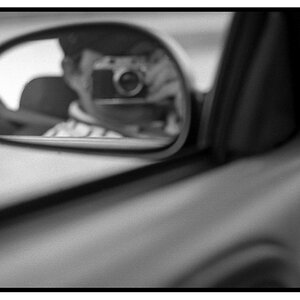
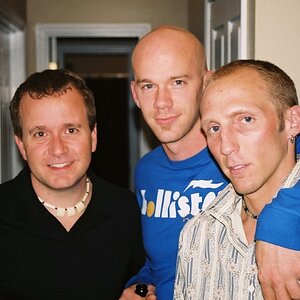

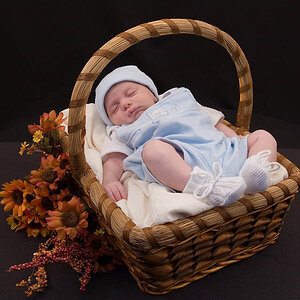
![[No title]](/data/xfmg/thumbnail/39/39225-99d579cd498f8f152a288d7e8e7ad2a4.jpg?1619738926)
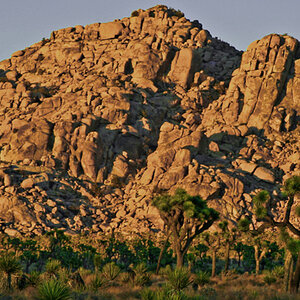
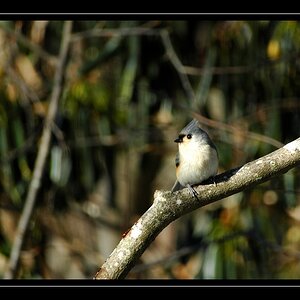
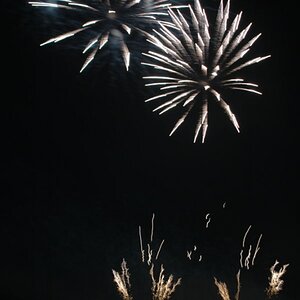
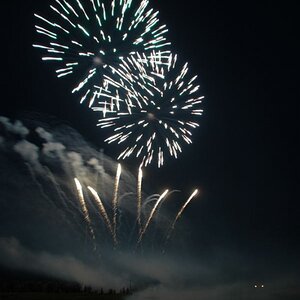
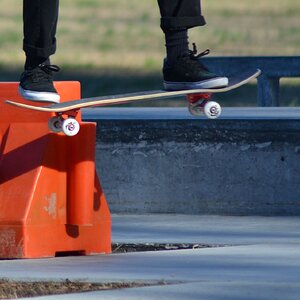
![[No title]](/data/xfmg/thumbnail/37/37170-3e18af574ed51cce5bdf99af9d3cab40.jpg?1619737908)